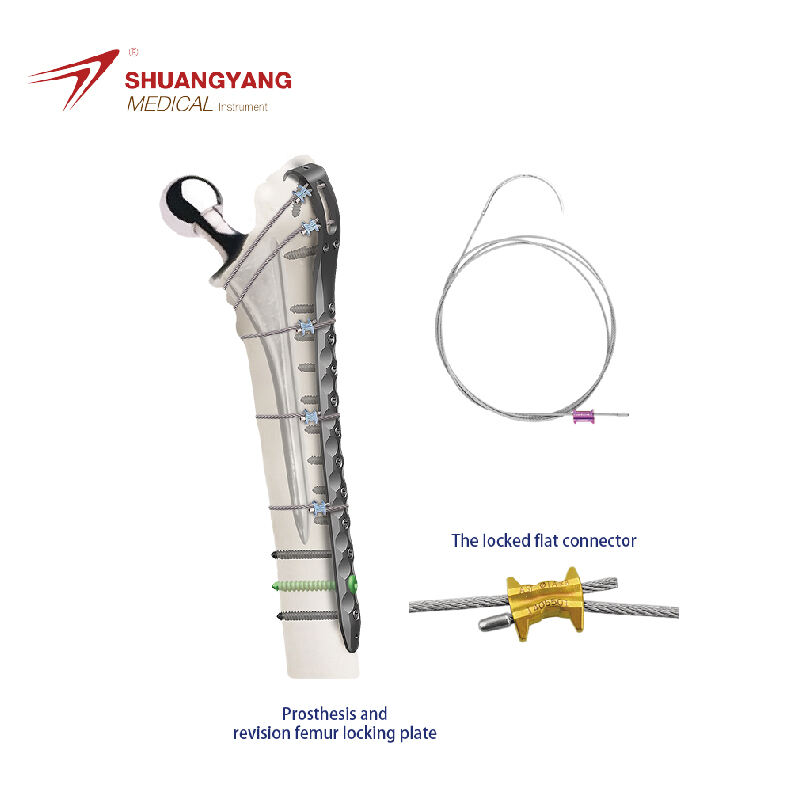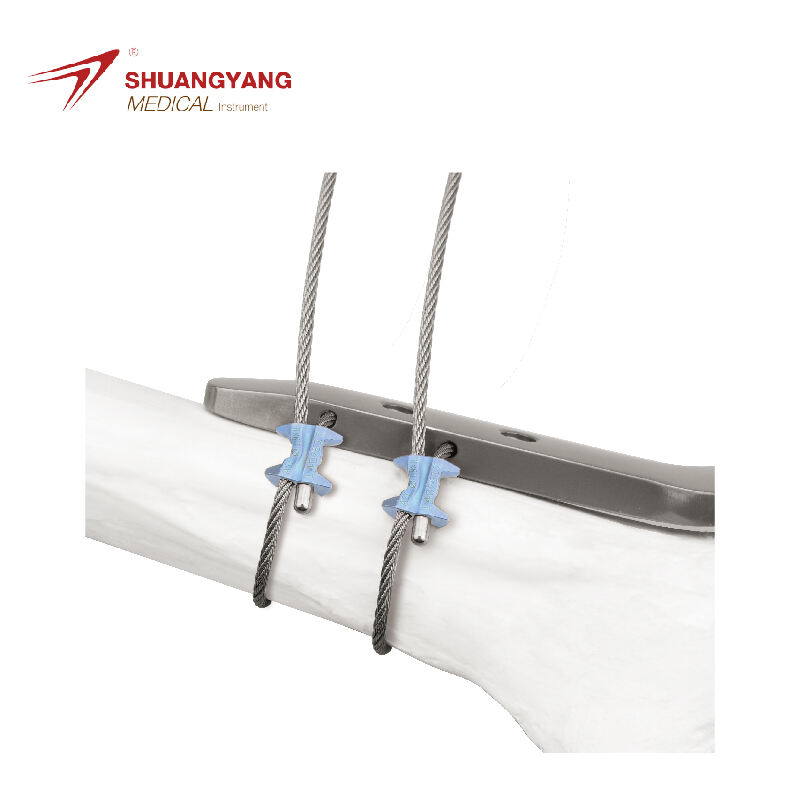maxillofacial
The maxillofacial refers to the branch of medical science that focuses on the diagnosis and treatment of diseases and disorders affecting the mouth, jaws, face, and neck. It encompasses a range of medical and surgical procedures aimed at restoring and maintaining the functionality and aesthetics of these areas. The main functions of maxillofacial treatments include the repair of facial fractures, the correction of dental and jaw abnormalities, the treatment of oral cancers, and the management of temporomandibular joint disorders. Technological features of maxillofacial treatments include advanced imaging techniques, such as CT scans and 3D reconstructions, which help in accurate diagnosis and planning of treatments. Applications of maxillofacial treatments are widespread and include reconstructive surgery, dental implants, orthognathic surgery, and the management of cleft lip and palate.


